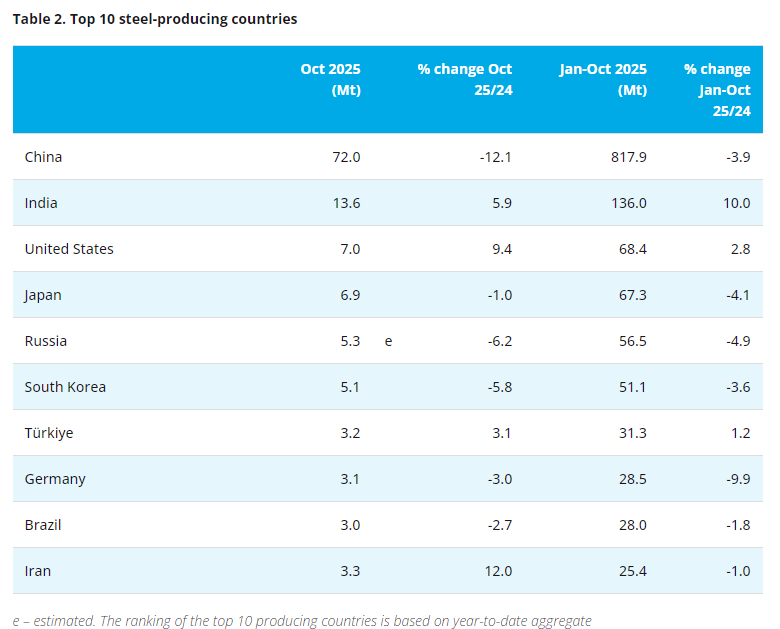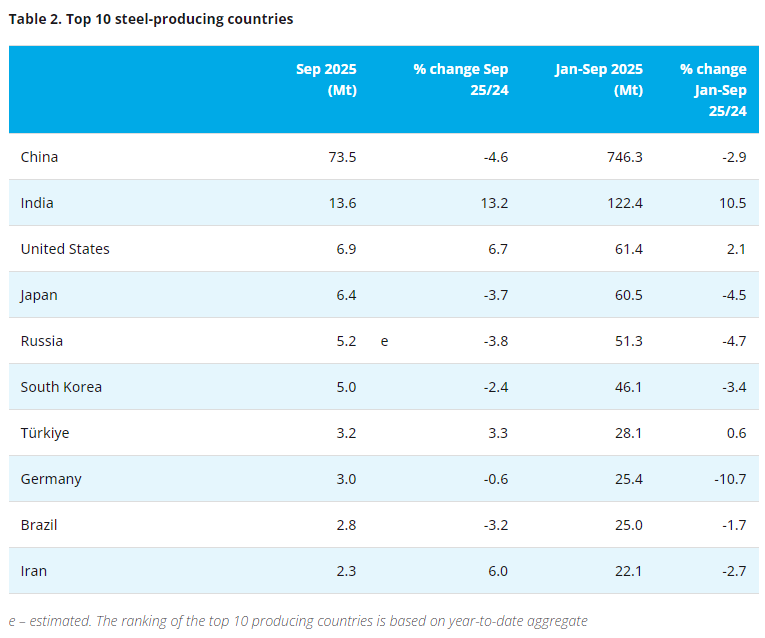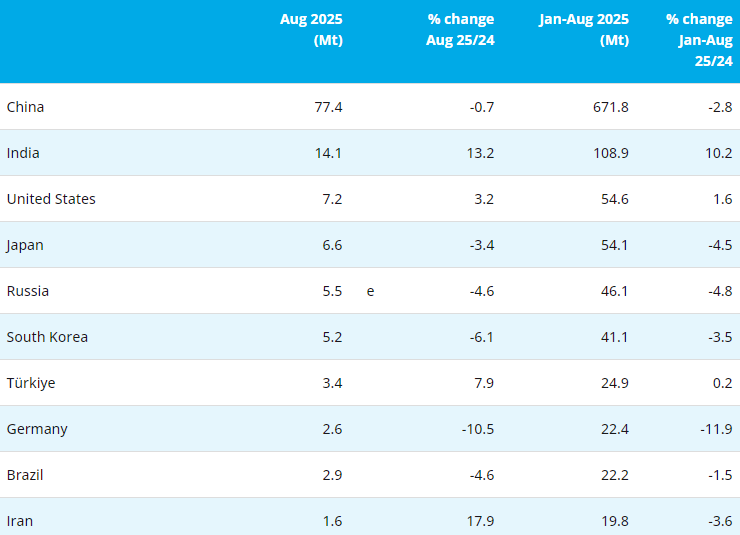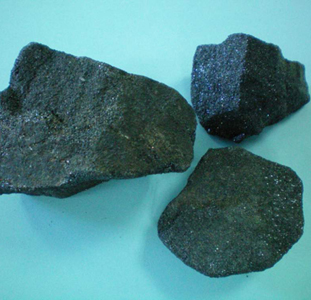Commodity prices are leading indicators of an economic cycle. Because suppliers of raw materials require time to ramp up production, an increase in demand during an economic expansion will often lead to higher prices. As a result, commodity prices correlate highly with shipping.
Iron ore prices
On July 25, the price of imported iron ore at major Chinese ports rose higher from a week ago, from $132.50 to $133.50 per metric tonne. Westpac’s economist, Justin Smirk, notes that the surge we’ve seen came from a much weaker than usual increase in Chinese iron ore production, rather than an increase in demand. In April and May, lower iron ore prices encouraged importers to ship more iron ore, which led to an increase in iron ore inventory. In June, when iron ore prices were at their lowest and began to rise, China’s iron ore imports actually fell, while shipping rates rose. Perhaps the increase in iron ore prices we’ve seen was more driven by optimism, while shipping rates rose mainly due to lower supply growth (see this week’s update)
Iron ore prices bottomed in mid 2012, as the central bank of China announced $157 billion worth of stimulus to energize its falling economy. Although iron ore prices rose following the announcement, investors knew more economic stimulus was coming. They learned this from following the news that China’s local governments were actively announcing programs to support their region’s falling business activity over the summer. While the central bank’s announcement drove iron ore prices higher, as well as stocks, prices have come down since, as the government moved to cool the property market that had been growing at ~20% year-over-year, measured in price per square foot.
Copyright © 2013 Ferro-Alloys.Com. All Rights Reserved. Without permission, any unit and individual shall not copy or reprint!
- [Editor:editor]



 Save
Save Print
Print Daily News
Daily News Research
Research Magazine
Magazine Company Database
Company Database Customized Database
Customized Database Conferences
Conferences Advertisement
Advertisement Trade
Trade
















Tell Us What You Think